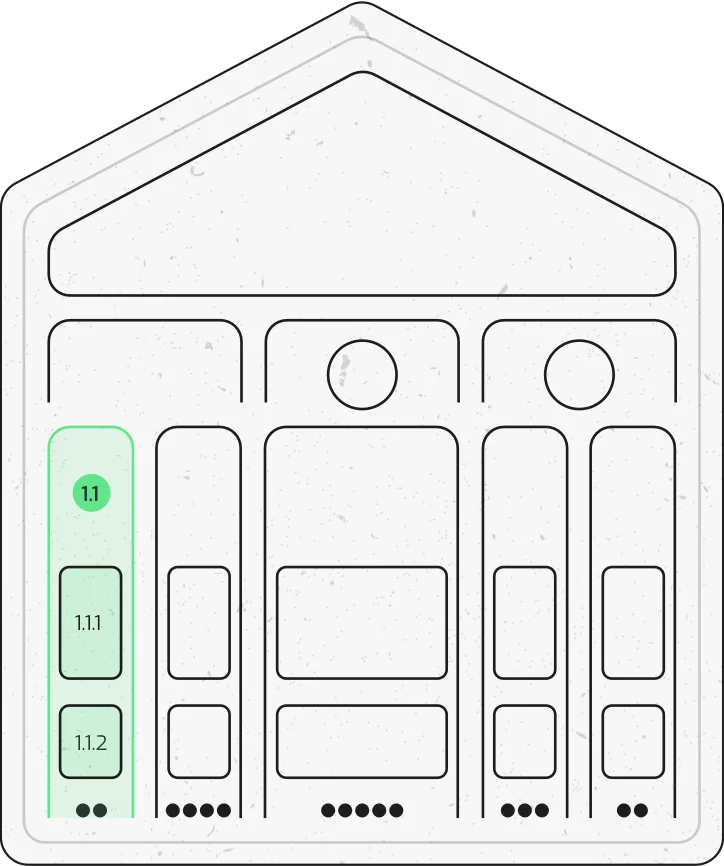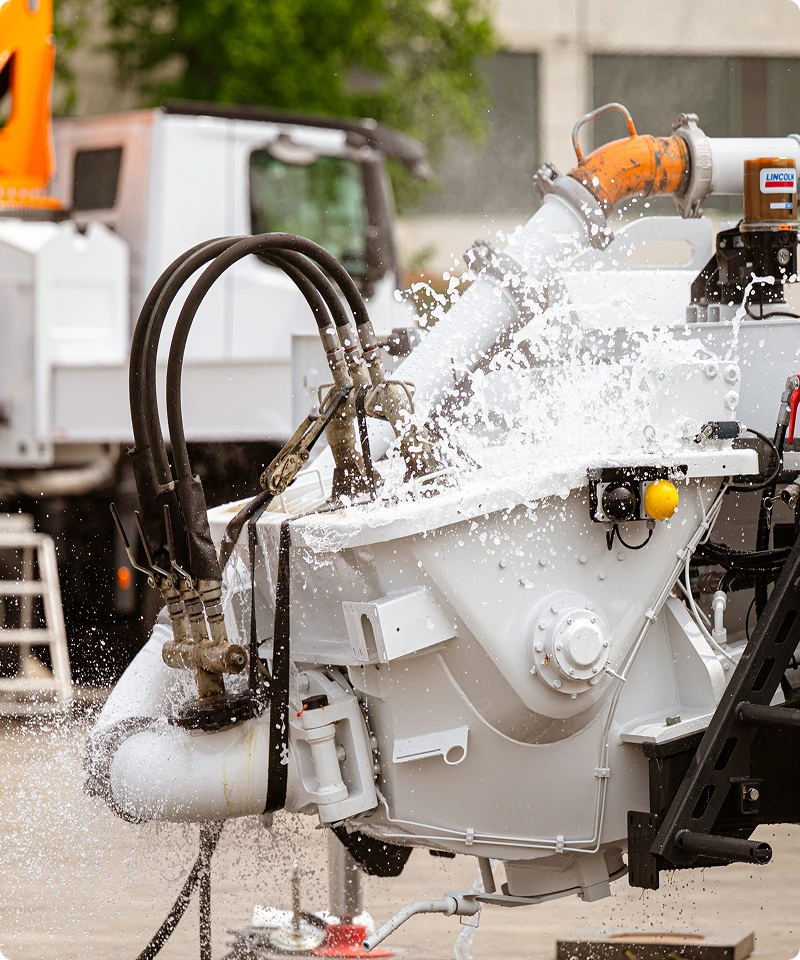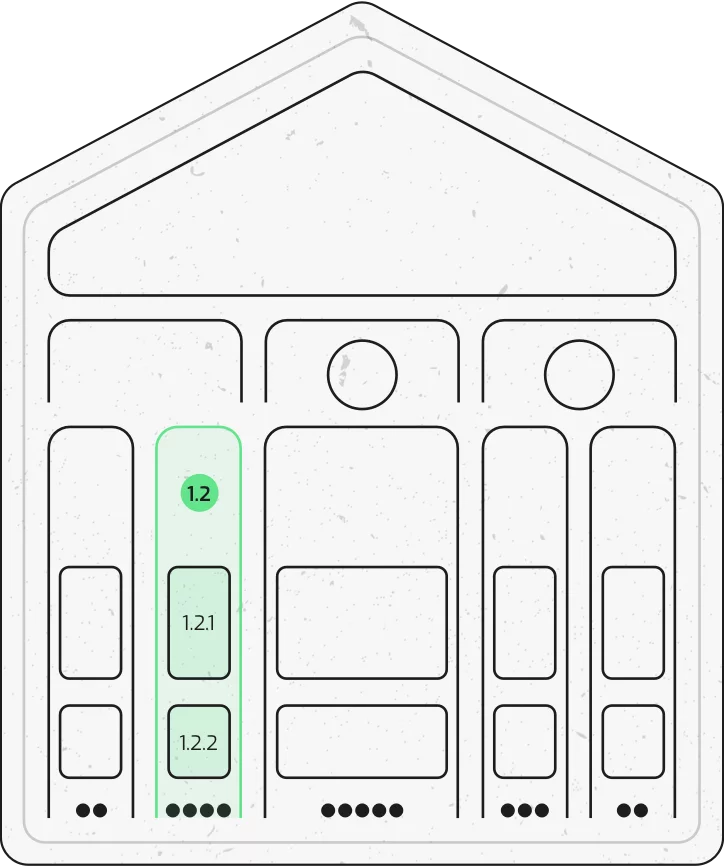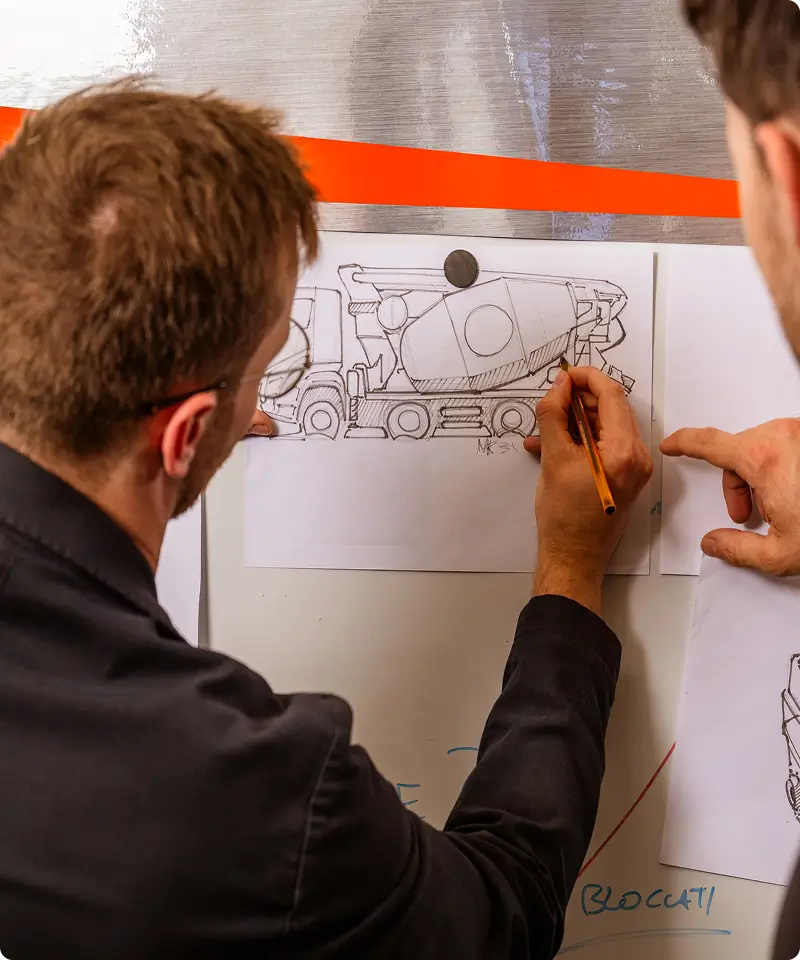El primer pilar abarca todas las actividades que tienen como objetivo mejorar el impacto de CIFA en el medio ambiente.
On one hand, the goal is to minimize environmental impacts by following a green perspective, and on the other, to embrace the principles of the circular economy.
Specifically, the intention is to promote a circular approach within the company aimed at closing the 'production loop,' with the dual goal of extending the product lifecycle and recovering waste and scraps. The aim is to foster and develop a new business model that considers the opportunities arising from this paradigm shift.
Promoting environmental sustainability also means being aware of the quantity and type of raw materials used by the company and implementing strategies to reduce their consumption or use secondary raw materials. The resource most closely monitored is energy: the company focuses its efforts on two fronts—reducing consumption and increasing the use of energy from renewable sources.

Carbon neutrality
Becoming “carbon neutral“ is a goal that an increasing number of companies are pursuing with the aim of not contributing to global warming through their activities. The 2015 Paris Agreement, which brought together 196 countries worldwide, commits signatories to limit the increase in global temperature well below 2°C, with the ambition to stay below 1.5°C. To avoid exceeding this threshold, the EU's strategy sets the target of climate neutrality by 2050.
Carbon neutrality consists of achieving a balance between emissions and carbon absorption—that is, greenhouse gas (GHG) emissions must be offset by carbon absorption. Another way to reduce emissions and achieve carbon neutrality is to compensate for emissions produced in one sector by reducing them in another. This can be achieved by investing in renewable energy, energy efficiency, or other clean technologies.
Reduction of energy consumption, emissions, and environmental pollution
- Reducción del consumo de energía de proceso.
- Optimization of logistics to reduce pollution.
- Gestión y reducción de los residuos.


- Factory energy consumption reduction.
- Waste management and reduction.
- Logistics management.

Ecodesign
I principi dell’ecodesign si applicano a tutte le fasi del ciclo di vita del prodotto, con l’intento di ridurne l’impatto ambientale complessivo: dall’approvvigionamento e impiego delle materie prime, che devono essere riutilizzabili, biodegradabili, riciclabili e non tossiche; alla loro lavorazione nel processo produttivo e alla distribuzione, che devono rispettare la direttiva dell’UE sull’ecodesign (Direttiva 2009/125/CE), in termini di efficienza energetica (ridotto consumo energetico nella fasi produttive) e di ridotto impatto ambientale.
Product consumption and reuse potential also contribute to defining it as eco-friendly and sustainable: the product lifecycle should be extended as much as possible through recycling and/or reuse of its components.
Design and create a wide range of green products accessible according to circular economy principles.
- Reduction of product energy consumption.
- Circular design according to modularity and durability.
- Development of electronic solutions for durability and safety.
- Development of new low-impact/electric products.


- Reduction of energy consumption of machines – electric range.
- Reduction of energy consumption of machines – electronics.
- Electronics for durability and predictive maintenance of machines.
- Modular design.
Proyectos
| Area & macro objective | Project | KPI |
|
||
|---|---|---|---|---|---|
| Carbon Neutrality: reduction of energy consumption, emissions, and environmental pollution | Factory energy consumption reduction | Renewable energy consumed / total energy consumed (%) |
5%
+15%
|
||
| Waste management and reduction | (Mixed production packaging (Kg) / direct labor hours) |
20.77
-25%
|
|||
| Logistics management | CO₂ consumed for freight logistics (tons CO₂) |
2124 ton CO₂
-6%
|
|||
| Ecodesign: design and creation of a wide range of green products accessible according to circular economy principles | Reducción del consumo de energía de las máquinas - gama eléctrica | Number of electric range models |
4
+3
|
||
| Reduction of energy consumption of machines = electronics | Number of machine improvements |
0
+5
|
|||
| Electrónica para una mayor durabilidad y el mantenimiento predictivo de las máquinas | Number of CIFA Vista / machines sold in Europe (excluding Italy) (%) |
8%
+7%
|
|||
| Diseño modular | Number of chassis codes managed / PA models (%) |
83%
-36%
|